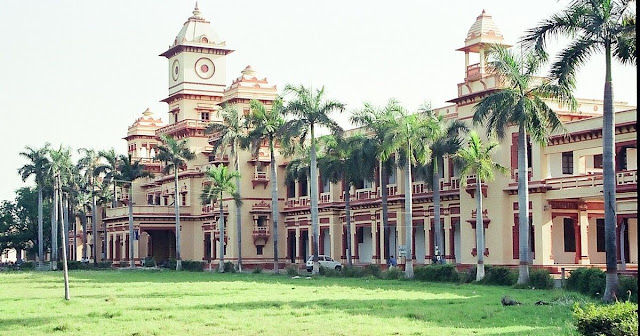Case for a fresh start in Indian Education

In 1921, just after the Influenza pandemic, H G Wells was writing "Human history becomes more and more a race between education and catastrophe." As we strive to look beyond the pandemic, it's a useful place to start. Of course, we are still counting the bodies and the public health challenge must be met first. But it will be a mistake not to think about what comes after, as otherwise, the after-effects will linger on and may eventually break the society as we know it. In the influenza pandemic, India lost approximately 5% of its population. This time around, even with the near-collapse of the healthcare system in some cities, the toll is likely to be lower. But the economic and social impact of the Pandemic would be far more severe, with the global supply chain reaching a breaking point and the dislocation of the health and education systems due to the pandemic. However, my objective here is to try to look beyond the pandemic and what needs to happen to contain the afte...




